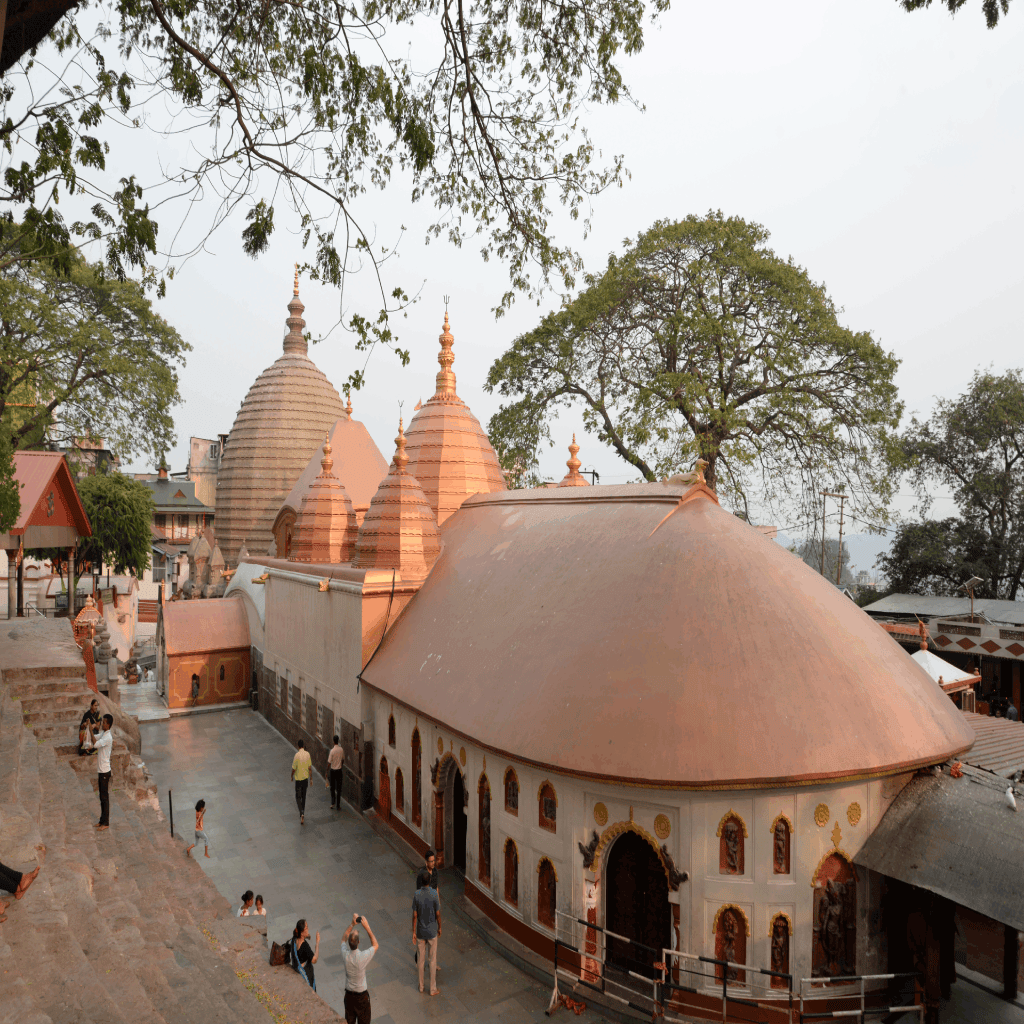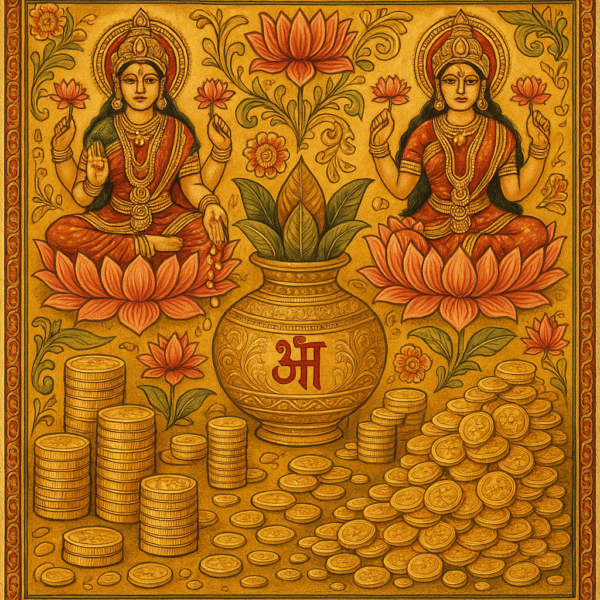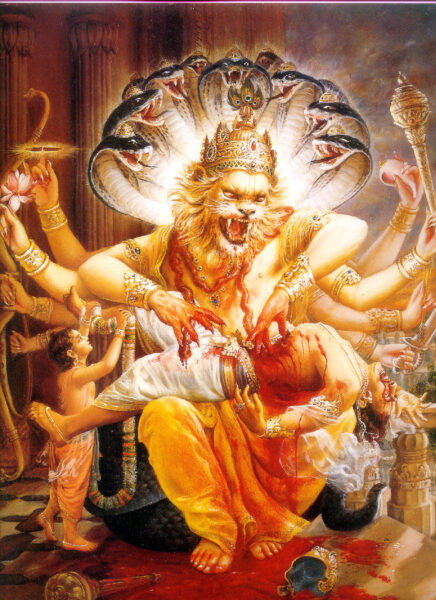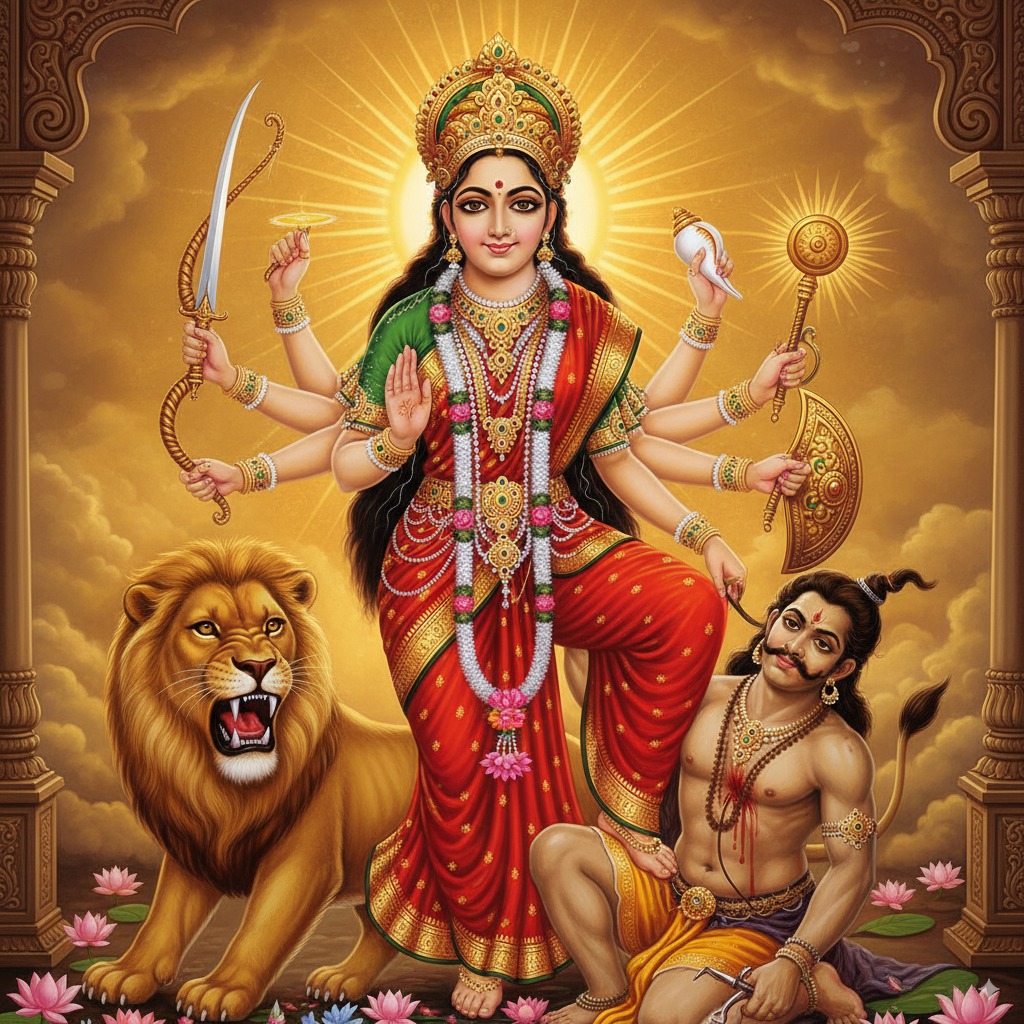Kamakhya Temple

Kamakhya Temple, Guwahati
Kamakhya Temple is one of the oldest and most revered centers of goddess worship in India, dedicated to Goddess Kamakhya, a manifestation of Divine Feminine energy (Shakti). Situated on the Nilachal Hill in Guwahati, Assam, the temple is a major pilgrimage site famous for its Tantric traditions and is considered one of the most important Shakti Peethas in the Hindu faith.
Goddess Kamakhya is revered as a powerful form of the Divine Mother, closely associated with Goddess Durga within Hindu traditions. She embodies the primal feminine energy known as Shakti and is considered an incarnation of Durga, Kali, and Tripura Sundari, representing various aspects of the goddess’s cosmic power. Kamakhya is especially significant in Tantric worship and is one of the foremost Shakti Peethas, where the creative and transformative energy of the feminine principle is celebrated. Her worship highlights fertility, desire, and spiritual awakening, reflecting Durga’s fierce yet nurturing nature. Thus, Kamakhya can be understood as a form of Durga, encompassing her strength, compassion, and the profound creative force of the universe.
Historical Background & Mythology
The origins of Kamakhya Temple are shrouded in mystical lore linked to the ancient story of the goddess Sati. According to mythology, the temple marks the spot where the yoni (reproductive organ) of Sati fell after Lord Shiva’s cosmic dance of destruction (Tandava), making it a powerful Shakti Peetha.
The original temple likely dates back to as early as the 8th or 9th century AD, with the current structure rebuilt in the 16th century by King Naranarayan of the Koch dynasty. Over centuries, the temple has grown into a sprawling complex with several shrines devoted to various forms of the Divine Mother.
Legend also tells of the priest Kendukalai and King Naranarayana’s ill-fated attempt to witness the goddess’s evening dance inside the sanctum, which led to their curse and banishment from the temple grounds—a story that underscores the sacredness and mystery of the temple.
Architectural Highlights
- The temple features an iconic beehive-shaped dome (shikhara) made of brick and mortar, indicative of Assamese temple architecture.
- The main sanctum sanctorum contains a natural rock formation shaped like a yoni, perpetually moist due to a spring running beneath it, symbolizing feminine creative energy.
- The complex has three main chambers: one rectangular, one square, and the cave-like sanctum with the yoni stone.
- Surrounding the temple are several smaller shrines dedicated to various deities including Shiva, Vishnu, the Mahavidyas, and others, reflecting inclusive religious traditions.
- The temple complex is nestled in lush greenery on the slopes of Nilachal Hills, adding to its serene and mystical ambiance.
Religious Practices & Rituals
- Kamakhya Temple is a renowned center for Tantric worship, attracting spiritual practitioners seeking divine blessings and spiritual power.
- The temple holds the famous Ambubachi Mela every year during June, celebrating the goddess’s annual menstruation cycle—a unique festival symbolizing fertility, renewal, and creative energy.
- Daily rituals include early morning and evening aratis and numerous pujas dedicated to Goddess Kamakhya and other associated deities.
- The temple practices are rich with symbolism representing the cosmic cycles of creation and destruction, aligned with Shaktism philosophy.
Spiritual and Cultural Significance
Kamakhya Temple is seen as a powerful spiritual epicenter representing the feminine divine force in Hinduism. It bridges Vedic, Tantric, and folk traditions, making it a unique spiritual center. The temple is a pilgrimage site for Hindus, Buddhists, and Tantric worshippers alike.
The Ambubachi Mela draws thousands of devotees worldwide, who come to witness and celebrate this rare and mystical tradition. The temple symbolizes fertility, feminine power, and regenerative energy, offering hope, healing, and transformation.
Visitor Information
- Location: Nilachal Hill, Guwahati, Assam 781010, India
- Entry Fee: None
- Temple Timings: 6:00 AM – 1:00 PM and 3:00 PM – 8:00 PM daily
- Major Festival: Ambubachi Mela (June)
- Access: Easily accessible from Guwahati city by road. Nearby airports and railway stations connect well with Guwahati.
Interesting Facts
- The temple is considered one of the holiest Shakti Peethas, where the goddess's yoni is worshipped as a symbol of life-giving force.
- The natural spring beneath the sanctum keeps the stone moist year-round, symbolizing menstruation and fertility.
- King Naranarayan of the Koch dynasty rebuilt the temple in the 16th century after destruction by Muslim invaders.
- The temple complex includes several shrines dedicated to the 10 Mahavidyas, representing different aspects of the goddess’s power.
- Ambubachi Mela is one of the few festivals in the world celebrating menstruation as sacred and divine.
Kamakhya Temple stands as a profound symbol of female divinity, spiritual power, and cultural heritage, continuing to inspire devotion and reverence across centuries and communities.







